MK&G’s ‘Glitter’ exhibition: a brilliant world-first tribute to sparkle and spectacle
MK&G’s latest exhibition is a vibrant flurry of sparkles and glitter with a rippling Y2K undercurrent, proving that 'Glitter is so much more than you think it is'
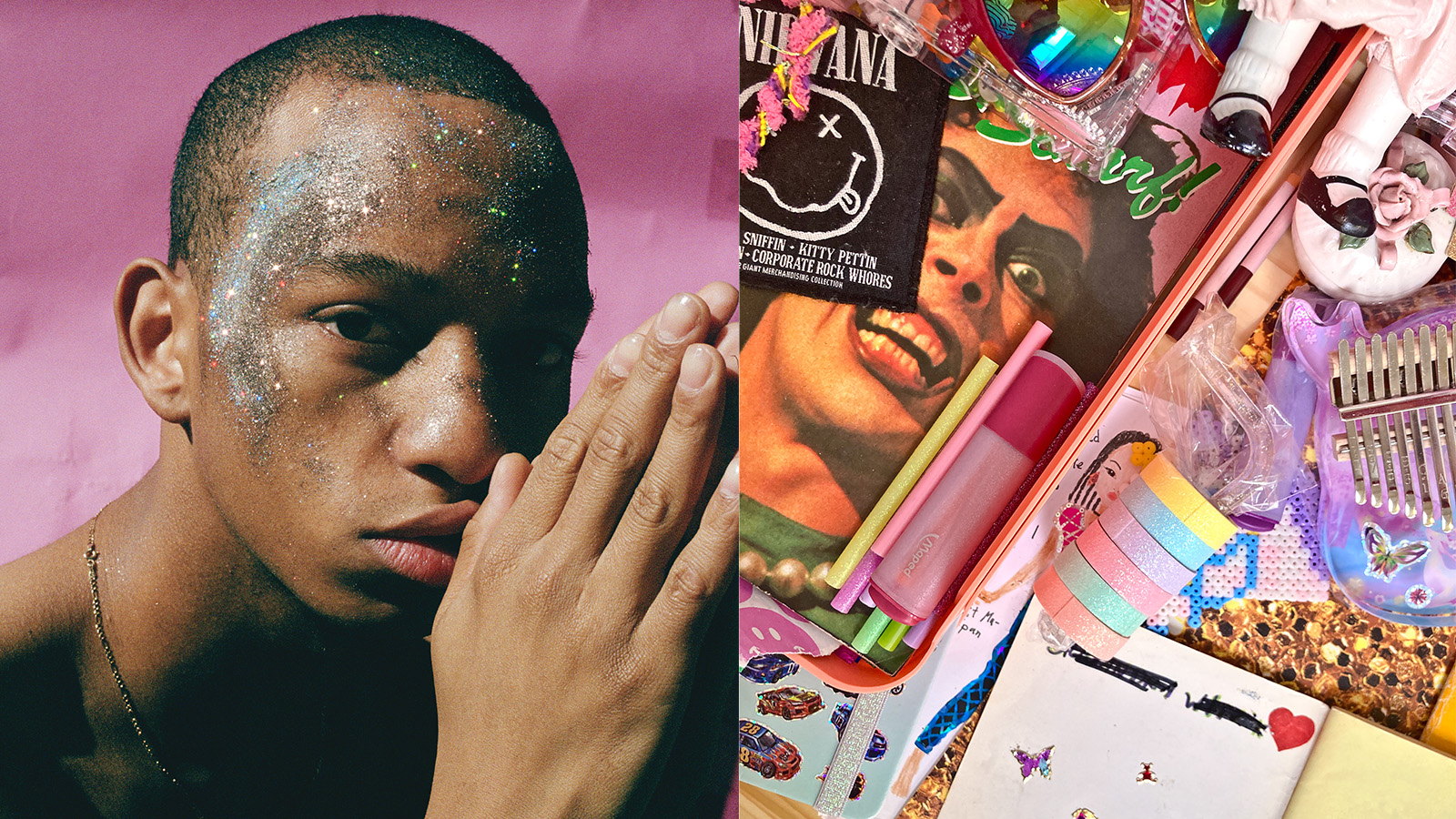
Glitter. A material so seemingly frivolous, yet so deeply embedded in our collective memory. Our first encounters with glitter often occur in childhood –scattered across craft tables, pressed onto greeting cards, and dusted over school projects. It’s a material reserved for celebrations, for moments when the mundane must be transformed into something dazzling. But as we grow older, glitter is relegated to a realm of unseriousness, dismissed as superficial or excessive. And yet, its innate power to demand attention never fades – it merely becomes stifled by societal constraints. Glitter refuses to be ignored. It seeps into every crevice, leaves its mark long after its moment, and in doing so, becomes a symbol of persistence, presence, and power.
MK&G presents 'Glitter'
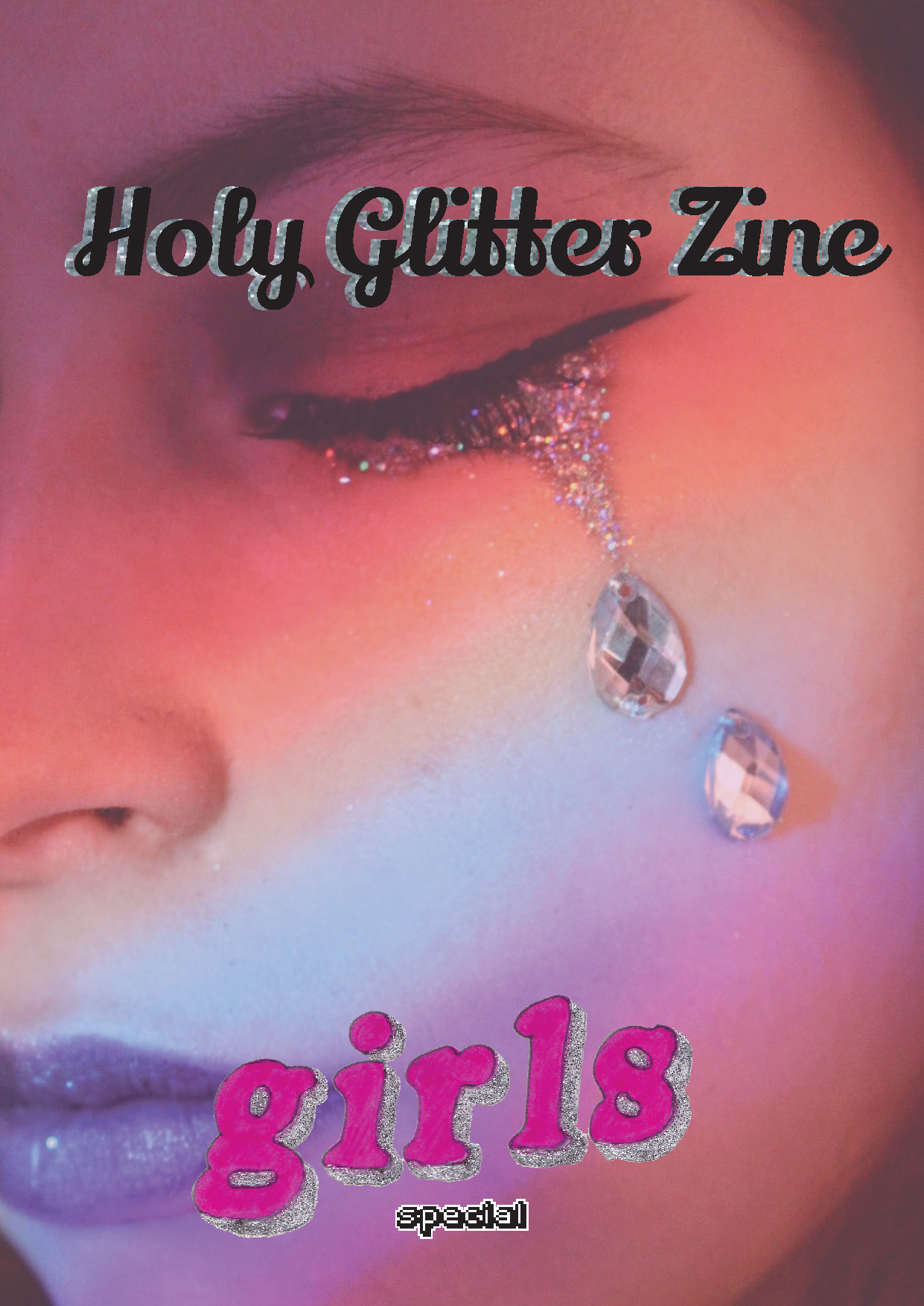
Fleur Stiels, Holy Glitter Zine 'Girls', 2017
It is this duality – the playfulness of glitter and its underlying significance – that 'Glitter', the world’s first exhibition devoted to the material, explores at the Museum für Kunst und Gewerbe Hamburg (MK&G). Hamburg is arguably the ideal location for the 'Glitter' exhibition to open, given not only its history as a progressive and welcoming city but also the current socio-political climate in Germany. Co-curated by Dr Julia Meer and Nina Lucia Groß, the exhibition reframes glitter not as mere decoration but as a statement – one that asserts visibility, identity, and protest. As Groß succinctly puts it, 'Glitter is so much more than you think it is.'
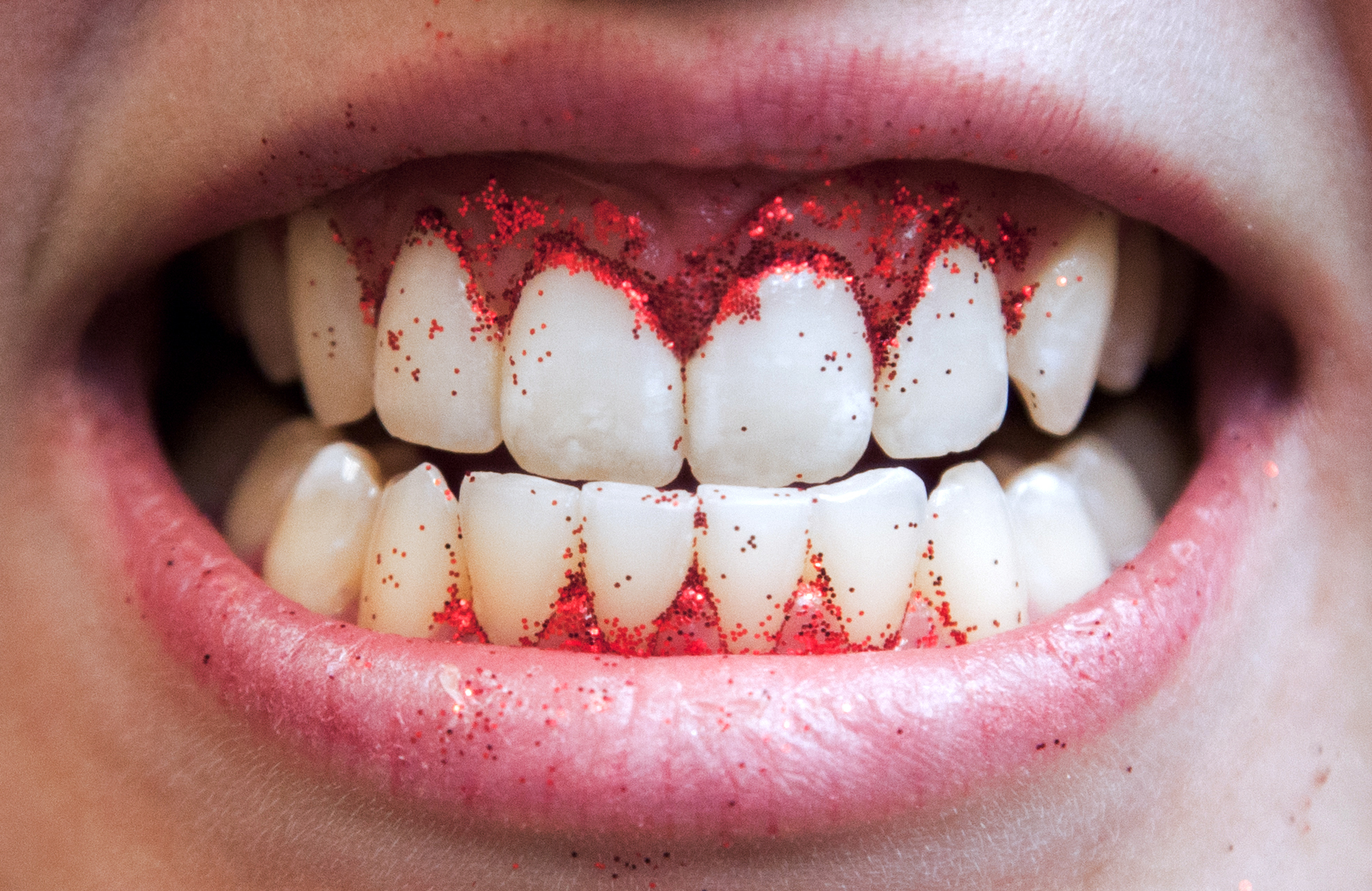
Hannah Altman, Untitled III, from the series And Everything Nice, 2015
Glitter is, at its core, an act of self-expression. From childhood sticker collections to teenage rebellion in the form of rhinestone-studded jeans and glitter-laden eyeliner, it becomes an intimate means of defining ourselves. It is applied deliberately, an embellishment that transforms objects – and people – into something more vibrant, more defiant. 'When you use glitter, you don’t use it casually,' explains Groß. 'It’s always intentional, always telling a story.'
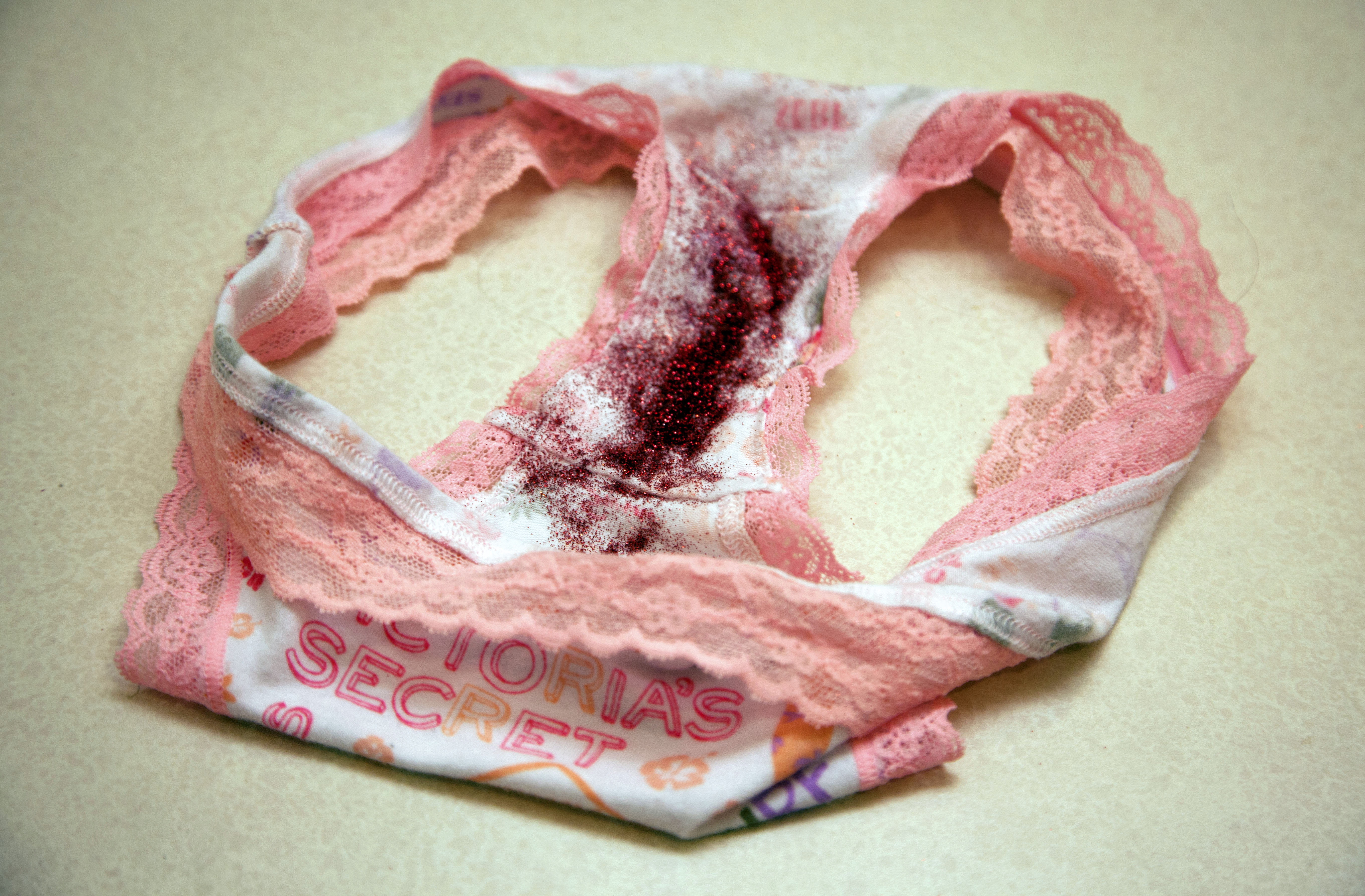
Hannah Altman, Untitled VII, from the series And Everything Nice, 2015
The exhibition taps into this personal relationship through its Hall of Glitter, a gallery lined with over 100 objects submitted by the public, each carrying a deeply personal memory. A sequined jacket worn to a defining night out. A glittery diary cover that once held teenage secrets. A well-worn pair of shimmering dance shoes. These objects, much like glitter itself, hold remnants of the past, encapsulating emotions and experiences that refuse to be forgotten.
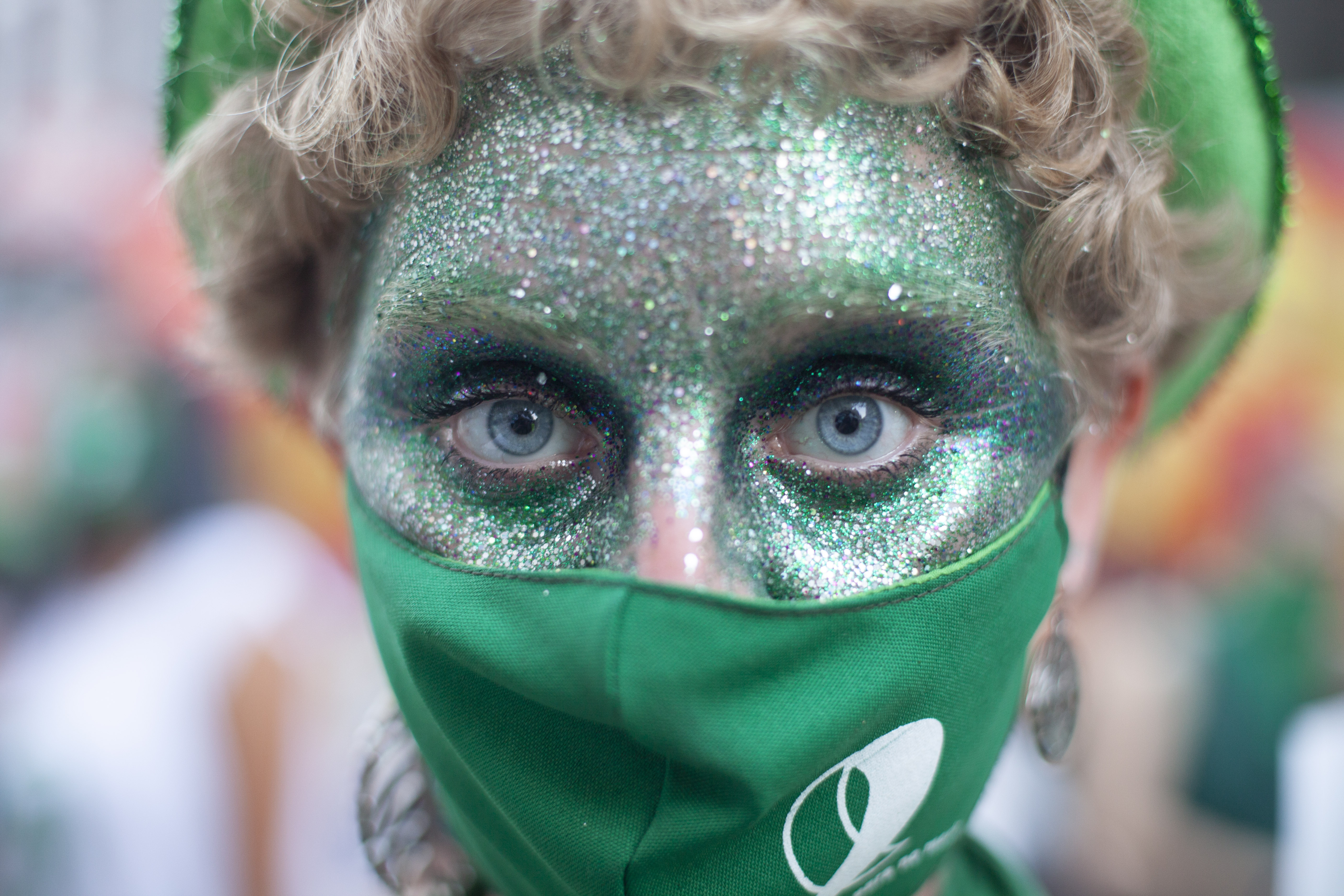
Gisela Vola, Untitled, from the series Marea Verde, 2018
This intimacy extends to the curated works within the exhibition, where artists explore the role of glitter in personal transformation. One prominent example can be found in a recreated teenage bedroom by German artist Jenny Schäfer, where visitors are invited to step back into a space where glitter was once a rite of passage – a material that signified belonging, rebellion, and self-invention.
But glitter does not exist in a vacuum. It interacts with the world, often as a provocation. The way it clings stubbornly to the skin mirrors the way those who wield it refuse to be erased. 'Who is allowed to sparkle and shine – and who is not?' Groß asks. It’s a question that underscores the deeper socio-political implications of glitter.
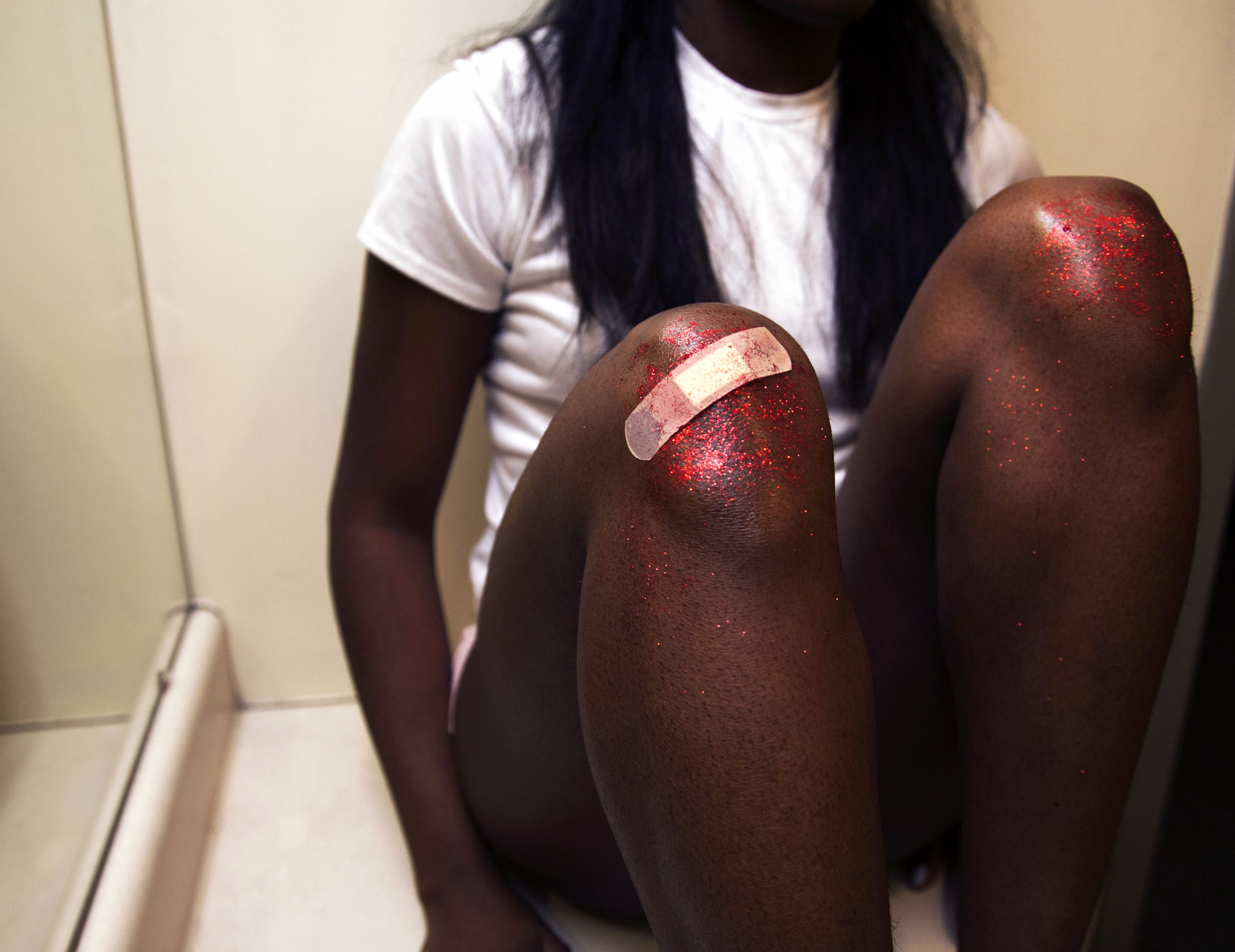
Hannah Altmann, Untitled II, from the series, And Everything Nice, 2015
Throughout history, glitter has been weaponised as both an act of resistance and a means of reclamation. In queer culture, it has long been a symbol of pride and defiance, from the sequined suits of drag performers to the glitter bombs thrown in protest against discriminatory policies. The exhibition explores this theme through pieces like African-American artist Mickalene Thomas' dazzlingly adorned skateboards, where Black, queer, and feminist identities intersect with unapologetic glamour. Meanwhile, stage costumes worn by figures such as Bill Kaulitz reinforce the idea that visibility – glittering, unabashed visibility – is a form of power.
Receive our daily digest of inspiration, escapism and design stories from around the world direct to your inbox.

Jenny Schäfer, Every Night in my dreams (Detail), 2024
The exhibition’s Glitter Up! section pays tribute to moments where glitter has served as a political tool. From feminist movements to environmental protests, it has been used to make statements that refuse to be ignored. Whether smeared onto bodies in acts of self-ownership or hurled in acts of defiance, glitter is never neutral. It forces attention, challenges perception, and insists on a reaction. Glitter: a mascot for playful perseverance in the face of persecution.
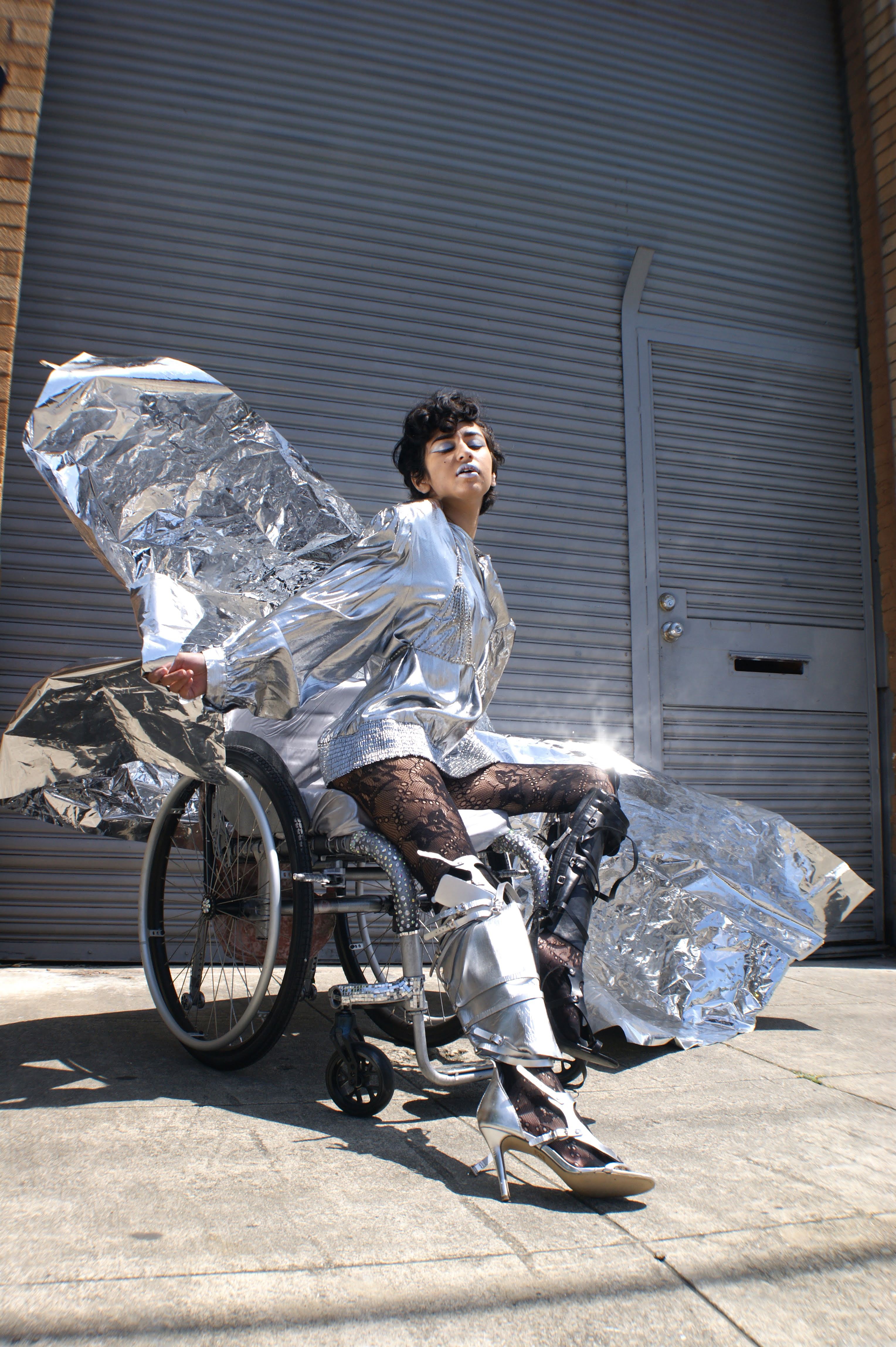
Model and burlesque performer Xenia Curdova, photographed by Pansy St Battie
Yet, 'Glitter' is not merely an exhibition; it is an invitation to reconsider our relationship with this long under-estimated material. To see it not just as something frivolous, but as something formidable. To understand that those who embrace glitter are often those who have had to fight for the right to be seen.
The interactive aspects of the exhibition encourage this deeper engagement. Visitors can contribute to a glitter timeline, tracing its presence from ancient cosmetic applications to contemporary cultural touchpoints. A DIY workshop space pays tribute to glitter's status in craft culture as a symbol of empowerment and accessibility. And in Puff Out, an upcoming immersive installation by Brussels-based artist duo :mentalKLINIK, set to debut in June 2025, robotic vacuum cleaners create ever-changing glitter patterns on the floor, underscoring the material’s ephemeral yet persistent nature – glitter may be swept away, but it is never truly gone.
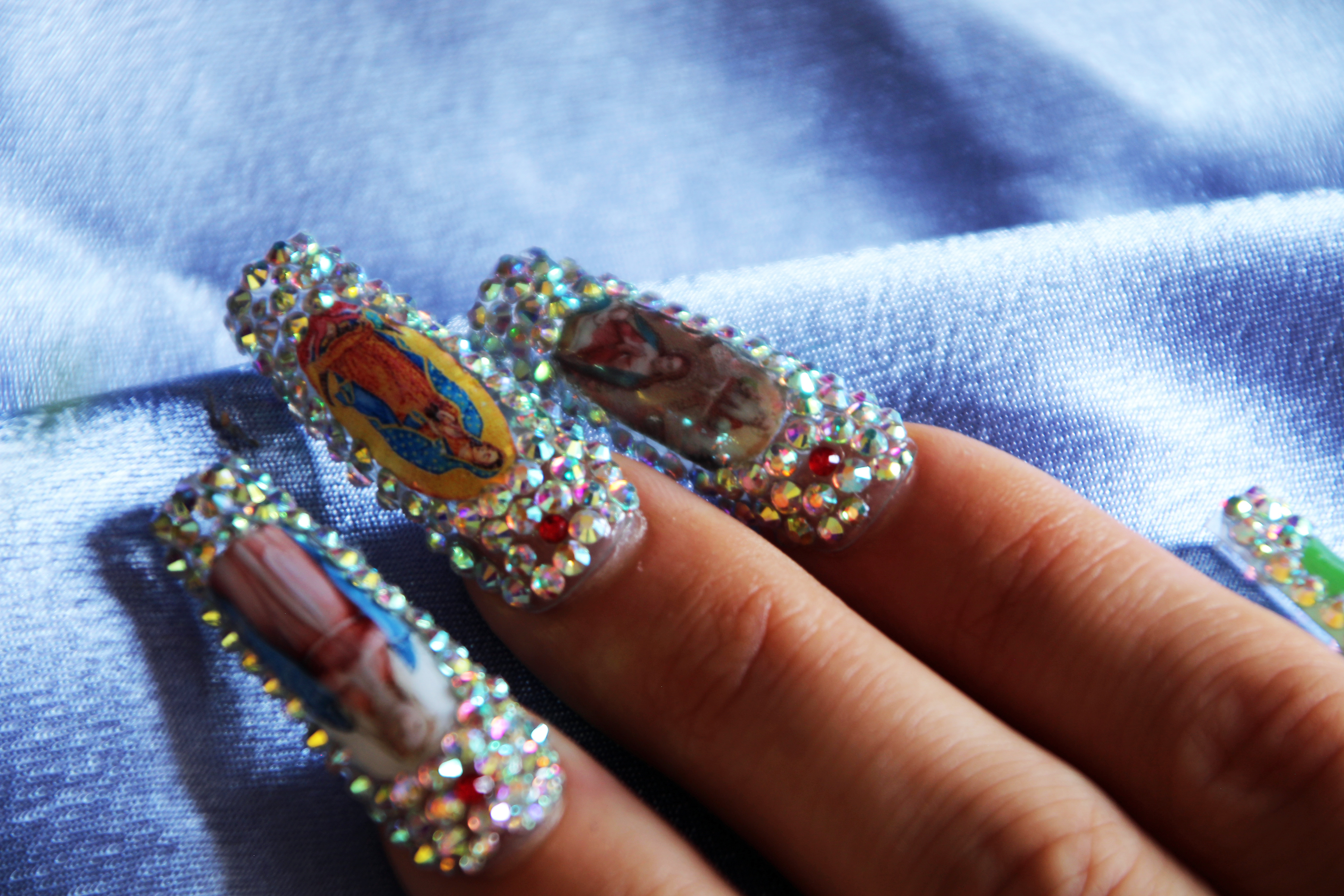
Fuego Nails
For those who fall under its spell, glitter is a beacon of joyful defiance, a refusal to fade into the background. As Tulga Beyerle, director of MK&G, states, 'We wanted to show that glitter is not just decoration – it’s a way to take up space, to be seen, to be heard.' To dismiss glitter is to misunderstand its power. It is at once delicate and unyielding, temporary yet enduring. It is the remnants of a celebration, the trace of a protest, the glimmer of a dream not yet realised.
As a groundbreaking world-first exhibition, discussions about its future are already underway. Much like glitter spilling from a bottle, the show’s influence cannot be contained, and it will soon reach audiences in the far-flung corners of the world, where its impact is likely to be felt long after the exhibition has gone.
MK&G 'Glitter' is on show until 26 October 2025 mkg-hamburg.de
-
 Glastonbury’s Terminal 1 is back: ‘Be prepared to be deeply moved and then completely uplifted’
Glastonbury’s Terminal 1 is back: ‘Be prepared to be deeply moved and then completely uplifted’Terminal 1 is an immersive, experiential space designed to deliver a vital message on immigration rights at Glastonbury 2025
-
 At Glastonbury’s reinvented Shangri-La, everything must grow
At Glastonbury’s reinvented Shangri-La, everything must growWith a new theme for 2025, Glastonbury’s Shangri-La is embracing nature, community and possibility; Lisa Wright is our field agent
-
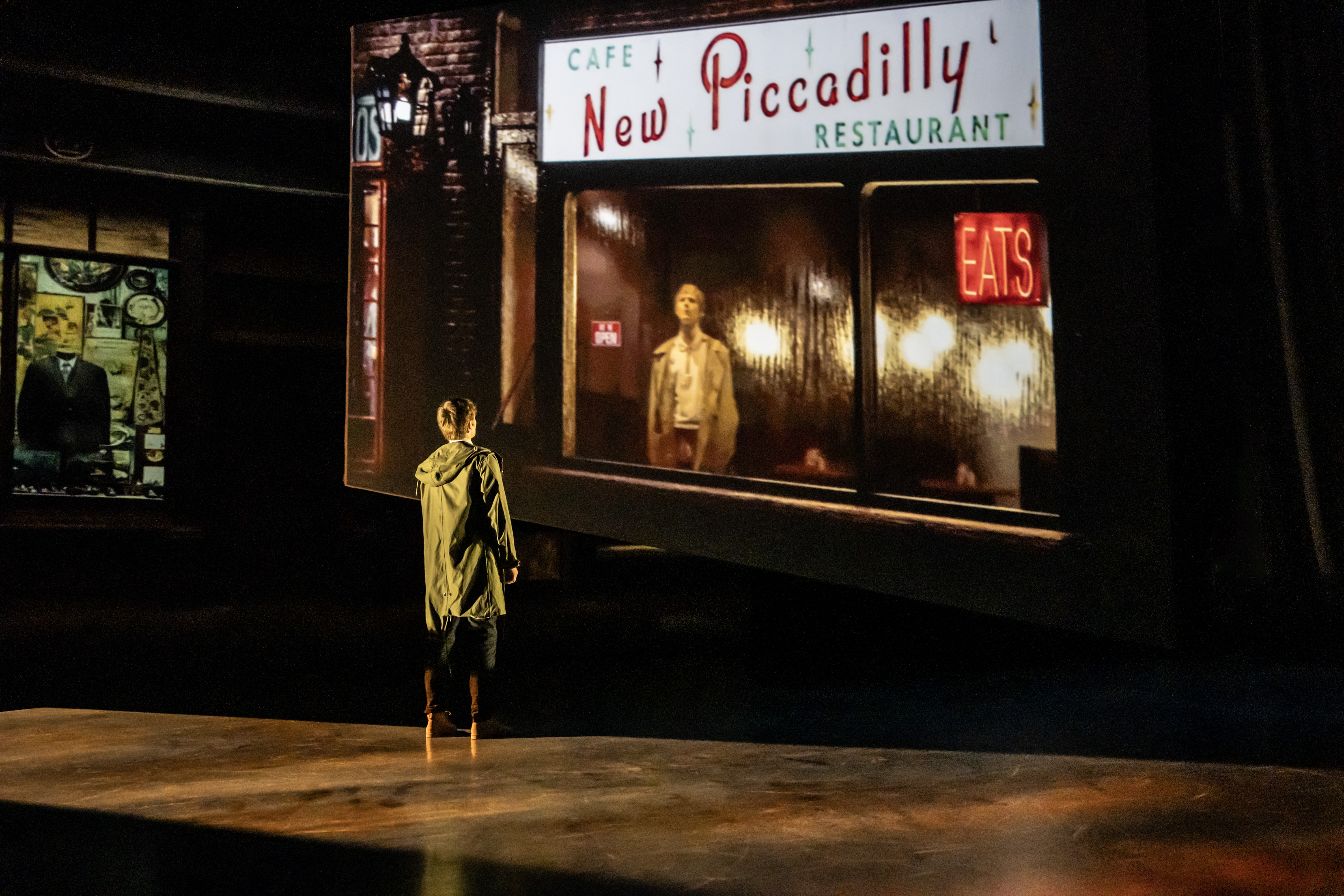 Paul Smith brings the Swinging Sixties to Sadler’s Wells in ‘Quadrophenia, A Mod Ballet’
Paul Smith brings the Swinging Sixties to Sadler’s Wells in ‘Quadrophenia, A Mod Ballet’In any imagining of Pete Townshend’s ‘rock opera’ – a chronicle steeped in the mythology of the 1960s – the suits need to be razor-sharp. ‘Quadrophenia, A Mod Ballet’ enlisted Paul Smith for the task
-
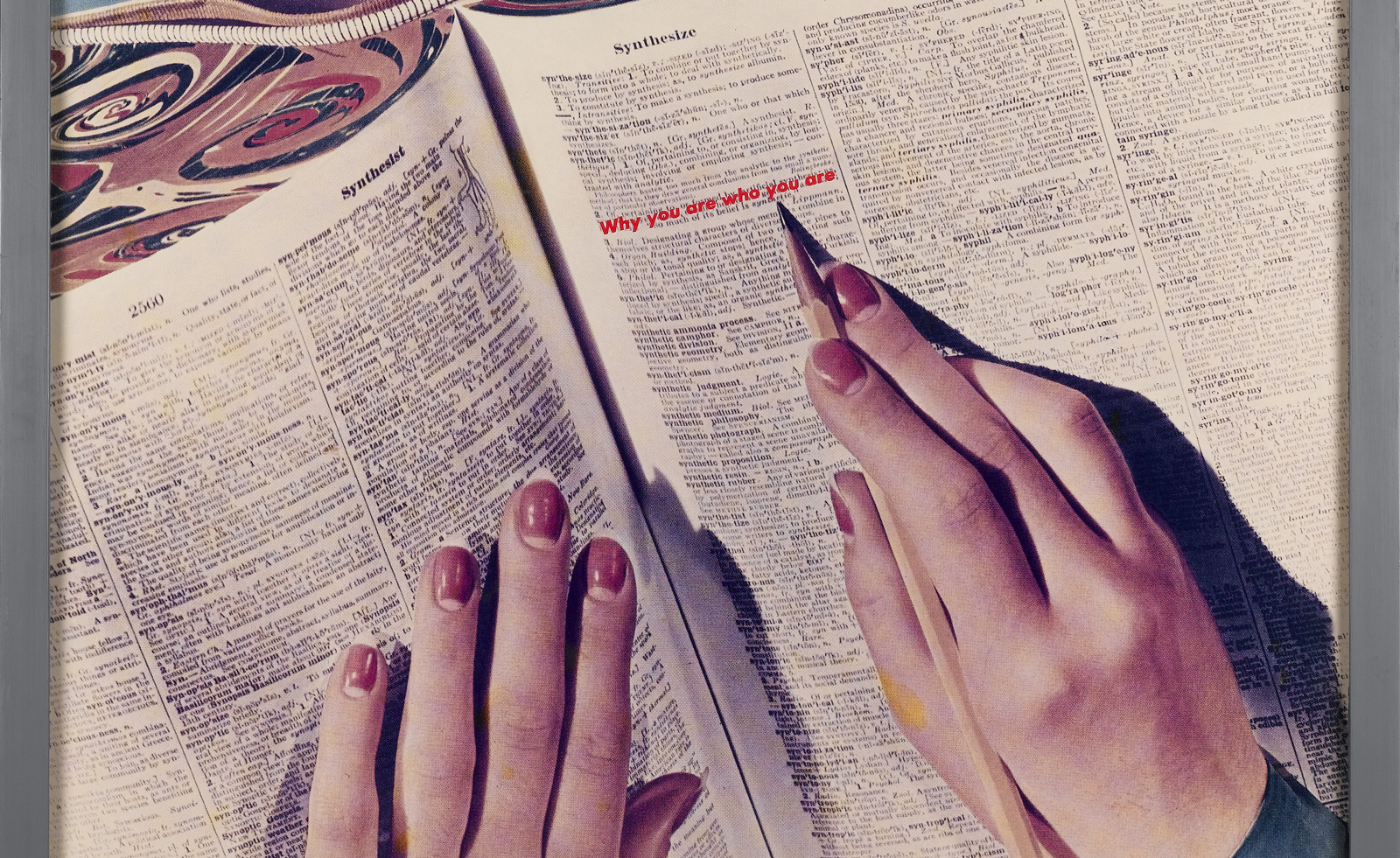 Take a rare chance to see the astonishing Ringier Collection of artworks in Düsseldorf
Take a rare chance to see the astonishing Ringier Collection of artworks in DüsseldorfFrom Barbara Kruger to Sylvie Fleury: publishing mogul Michael Ringier opens his private art collection to the public, sharing 500 works, and tells us what makes great art
-
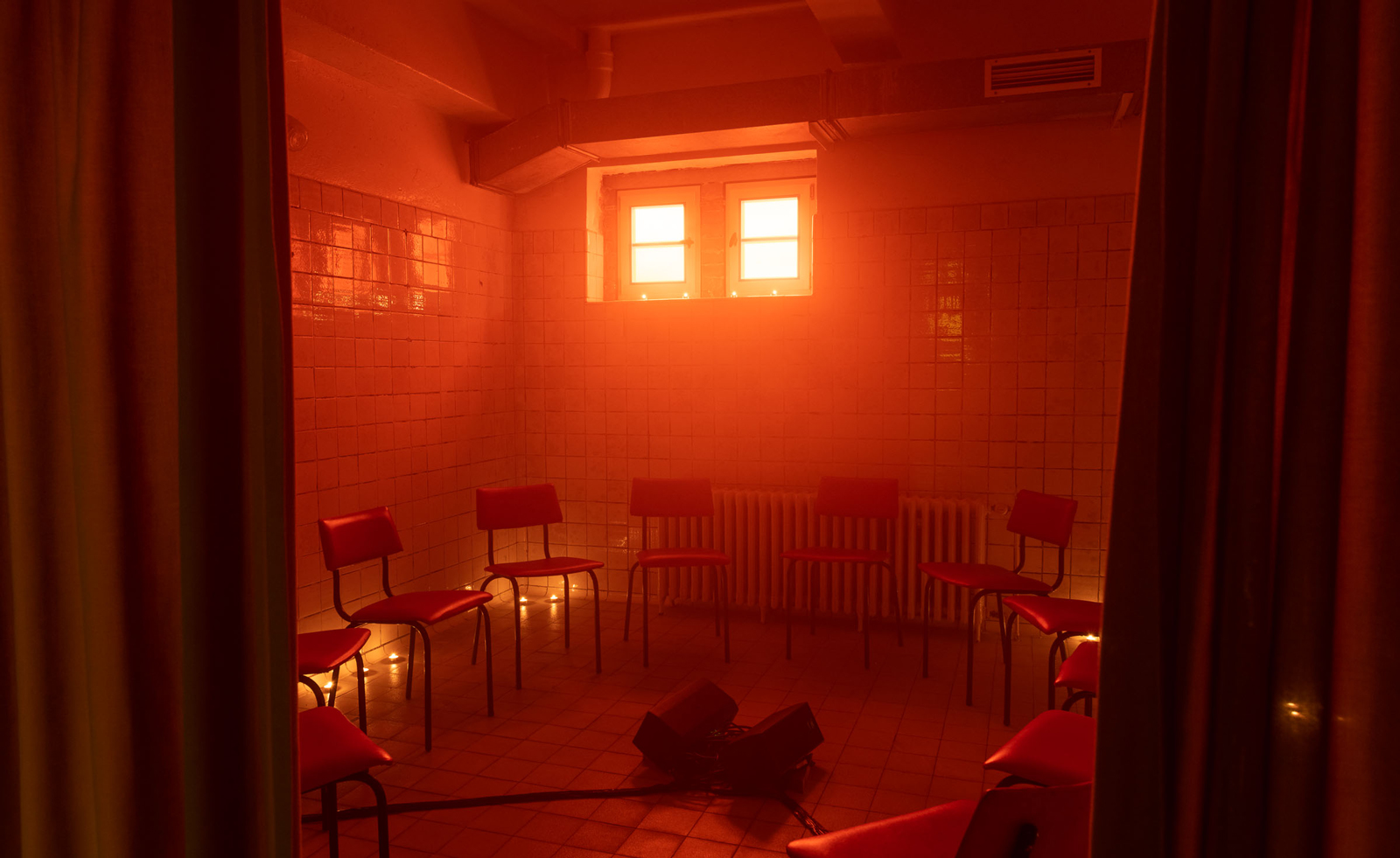 Inside E-WERK Luckenwalde’s ‘Tell Them I Said No’, an art festival at Berlin's former power station
Inside E-WERK Luckenwalde’s ‘Tell Them I Said No’, an art festival at Berlin's former power stationE-WERK Luckenwalde’s two-day art festival was an eclectic mix of performance, workshops, and discussion. Will Jennings reports
-
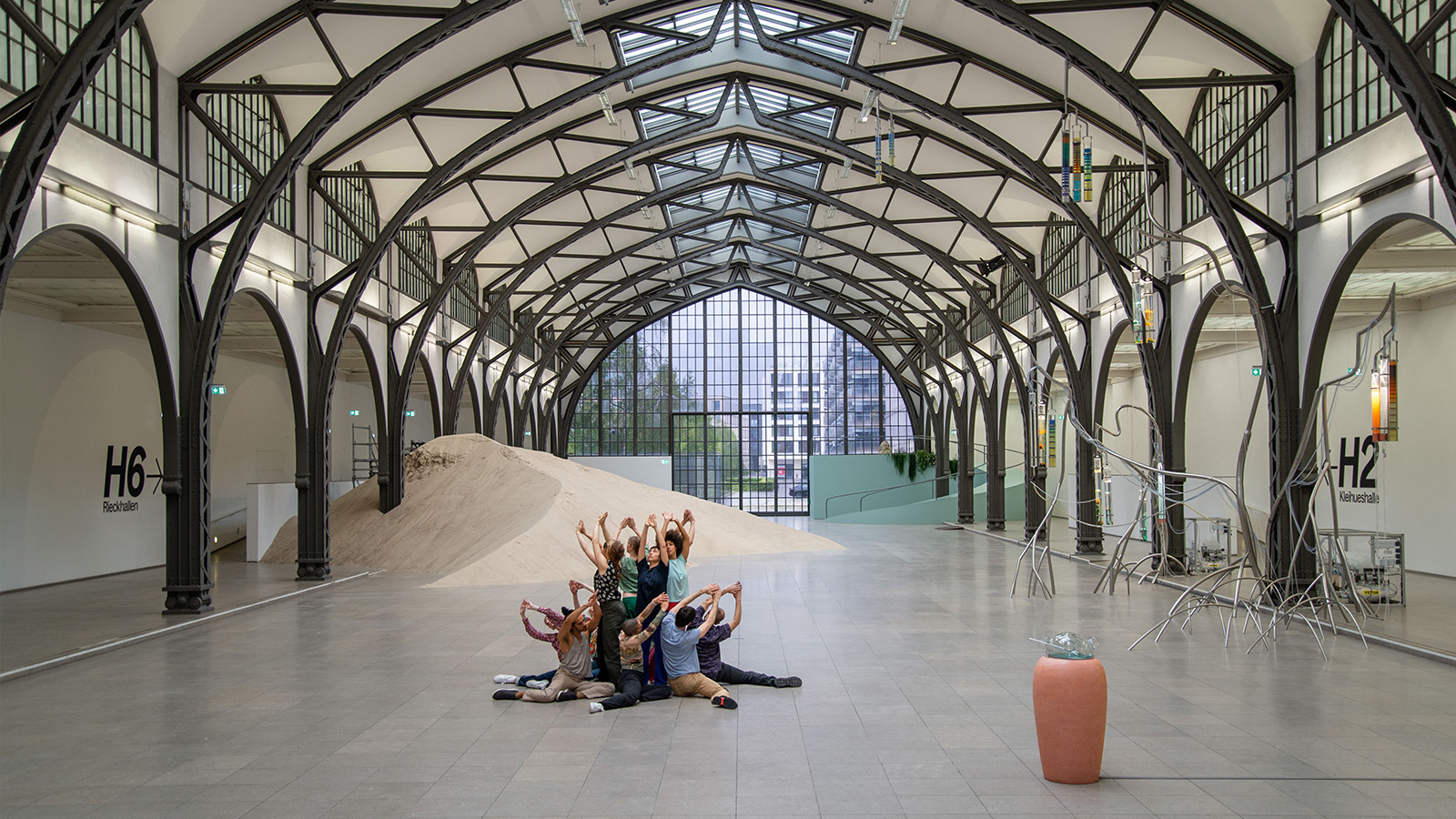 Alexandra Pirici’s action performance in Berlin is playfully abstract with a desire to address urgent political questions
Alexandra Pirici’s action performance in Berlin is playfully abstract with a desire to address urgent political questionsArtist and choreographer Alexandra Pirici transforms the historic hall of Berlin’s Hamburger Bahnhof into a live action performance and site-specific installation
-
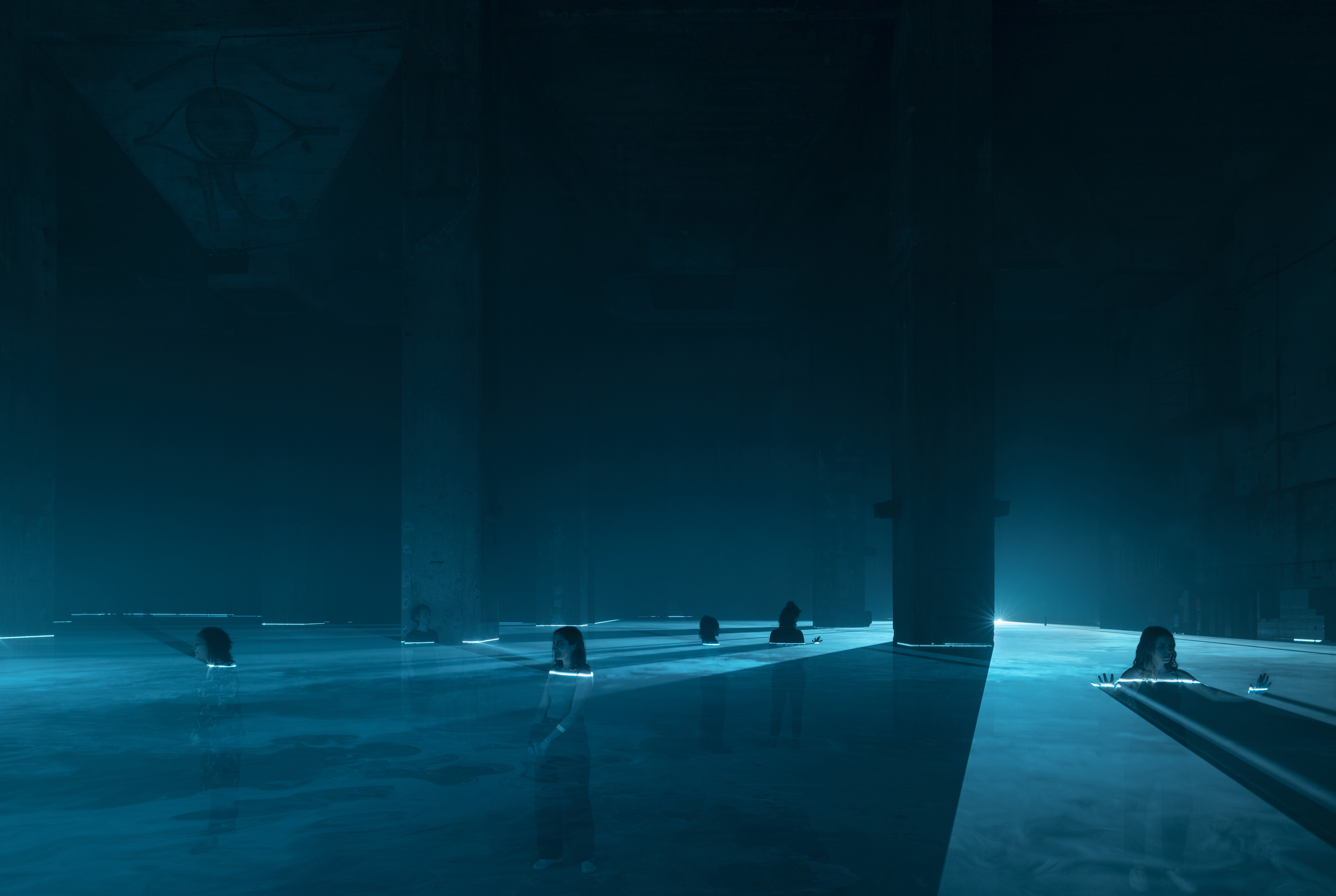 Artist Ian Cheng explores the technological and aesthetic potential of AI
Artist Ian Cheng explores the technological and aesthetic potential of AIIn Berlin’s cavernous Halle am Berghain, New York-based artist Ian Cheng plunges viewers into an immersive world of AI and existential anime in ‘Life After BOB’
-
 Documenta 15 review: social practice, controversy and food for thought
Documenta 15 review: social practice, controversy and food for thoughtMired in evolving controversy, Documenta 15 has raised critical questions about transparency, accountability and creative freedom. Emily McDermott travels to Kassel to explore how an edition filled with social practice art urges active participation and throws global power structures into sharp relief
-
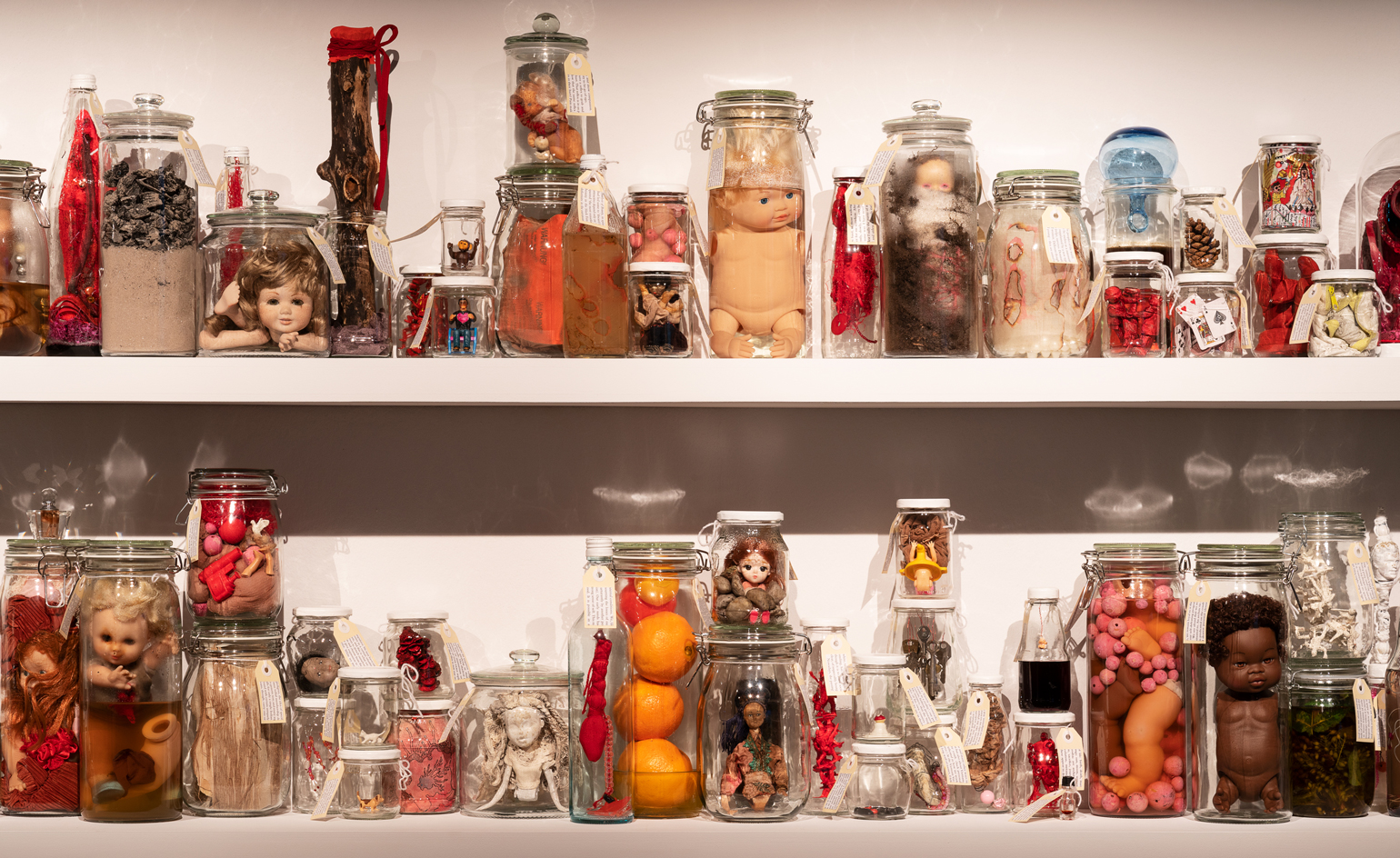 12th Berlin Biennale review: a fiercely political exploration of reparation and modern angst
12th Berlin Biennale review: a fiercely political exploration of reparation and modern angstAs the Berlin Art Week festivities enter full swing (14-18 September) it's the last chance to see the 12th Berlin Biennale curated by Kader Attia. It tells a poignant, sometimes-crushing story of globally interconnected histories and the angst of modernity
-
 Artist Jakob Kudsk Steensen on how VR can bring us closer to nature
Artist Jakob Kudsk Steensen on how VR can bring us closer to natureDanish artist Jakob Kudsk Steensen leverages virtual reality technologies to reorient our relationship with the natural world.
-
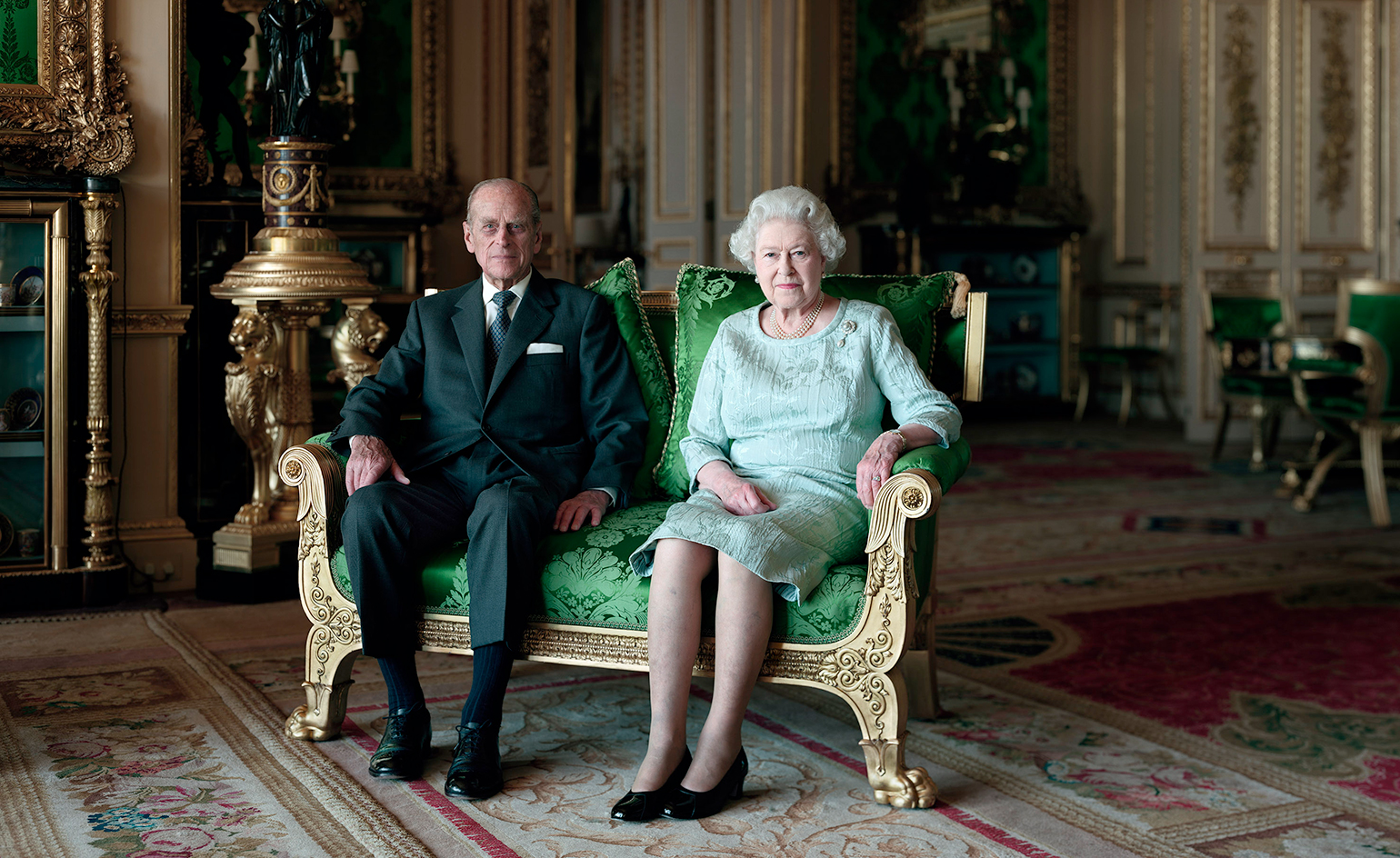 Thomas Struth on the day he photographed the Queen and Prince Philip: ‘It was an experiment’
Thomas Struth on the day he photographed the Queen and Prince Philip: ‘It was an experiment’To mark the Queen’s Platinum Jubilee, German artist Thomas Struth looks back on the moment he created a portrait of Queen Elizabeth II and Prince Philip: ‘It’s an exotic part of my oeuvre because of who they are’